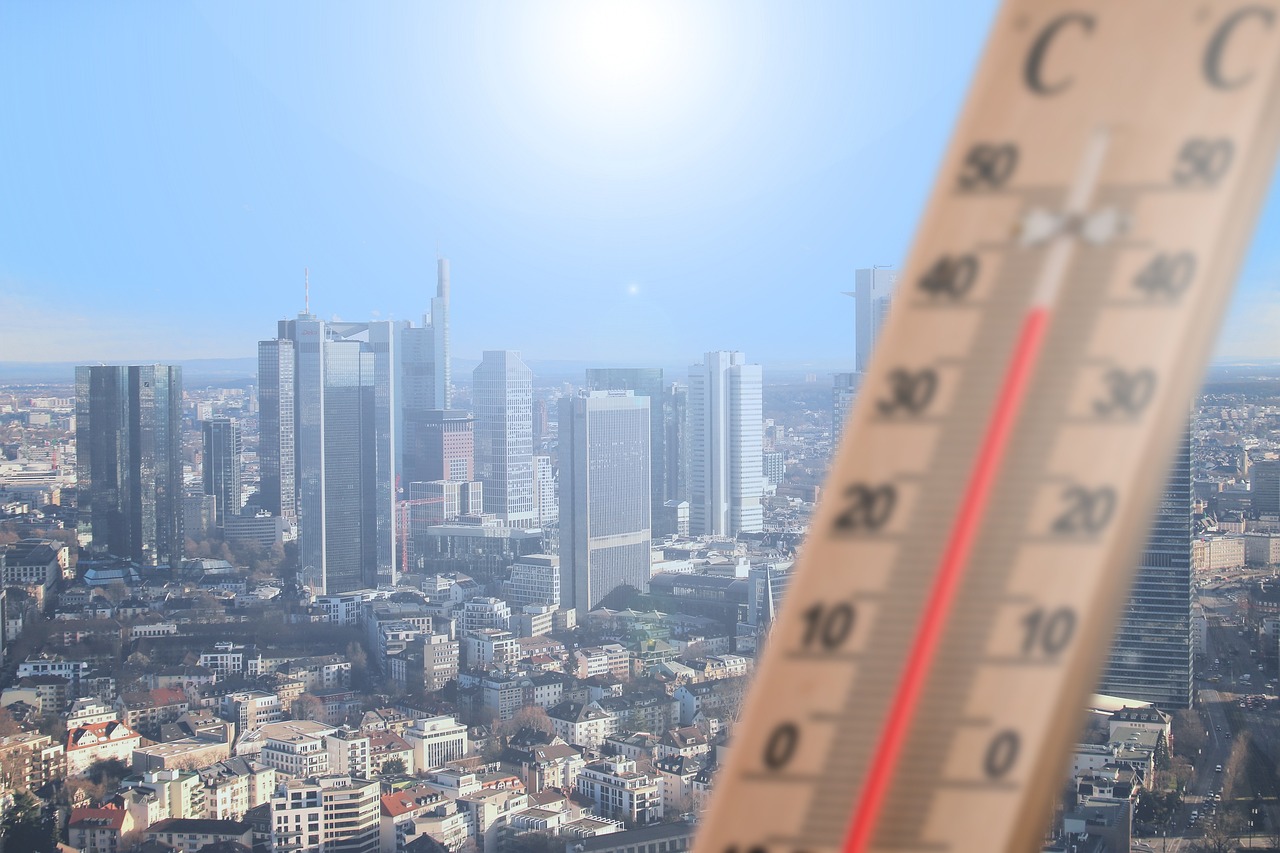- Why Scientists Track Atmospheric Carbon With Giant Towers - October 7, 2025
- The Link Between Melting Ice and Rising Sea Levels Explained - October 6, 2025
- How Ocean Currents Help Regulate Global Climate - October 5, 2025
The Heatwave Chronicles: From Dystopian Novels to Daily Life
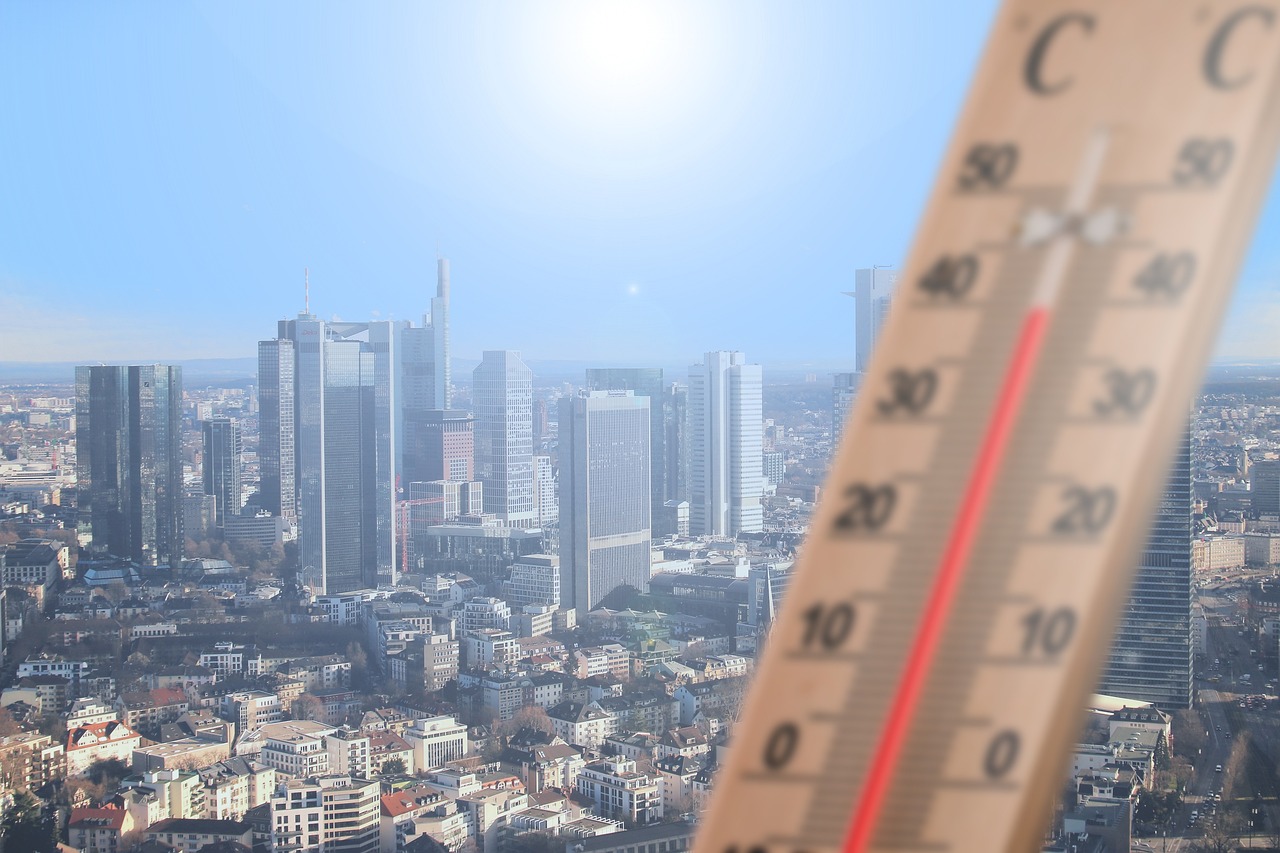
In Ray Bradbury’s “Fahrenheit 451,” the world is plagued by relentless heat, a scenario that once felt safely fictional. Yet, recent years have shattered that illusion. According to the World Meteorological Organization, 2023 was the hottest year ever recorded globally, with temperatures consistently breaking previous records. Europe endured a punishing heatwave, with Rome reaching an all-time high of 42.9°C in July 2023. Scientists link these extremes directly to climate change, noting that such events are now five times more likely than in the past. Cities across North America and Asia have experienced similar sweltering conditions, pushing power grids to their limits as people scramble to keep cool. The reality of “unlivable” heat, once a sci-fi trope, is becoming part of the modern human experience.
Flooded Futures: Rising Waters Mirror Science Fiction
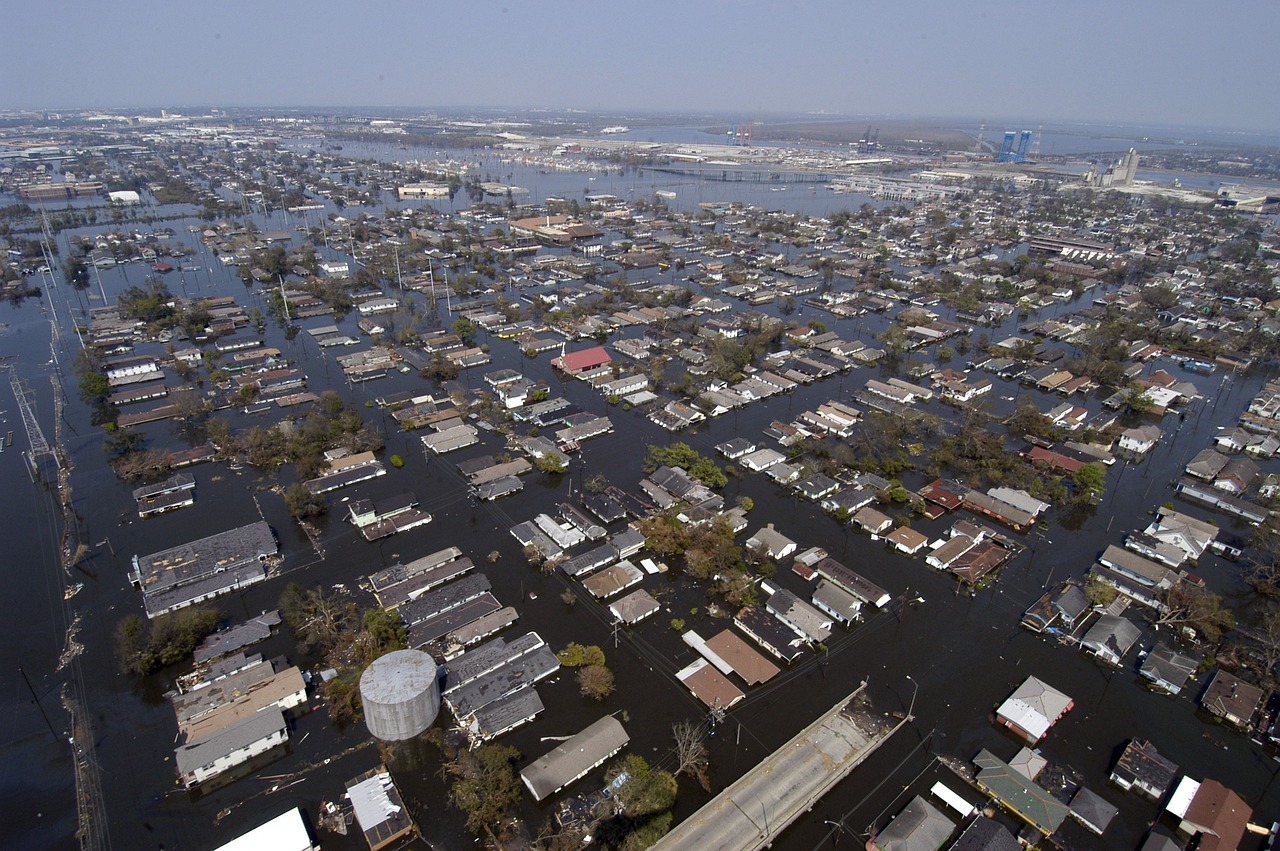
Science fiction classics like “The Drowned World” by J.G. Ballard painted pictures of cities swallowed by water. This image is increasingly mirrored in reality, as 2024 saw catastrophic flooding worldwide. In May 2024, southern Brazil suffered historic floods, displacing over half a million people and submerging entire neighborhoods. The UN reports global flood events have more than doubled since the 1980s, with climate change fueling stronger storms and heavier rainfall. In Bangladesh, millions live on shifting river islands, forced to rebuild as water levels rise year after year. Venice, Italy, invested billions in flood barriers, but even these defenses struggled against record tides in late 2023. What once seemed like a distant dystopian threat now threatens the world’s most iconic cities.
Wildfire Infernos: From Hollywood Blockbusters to the News
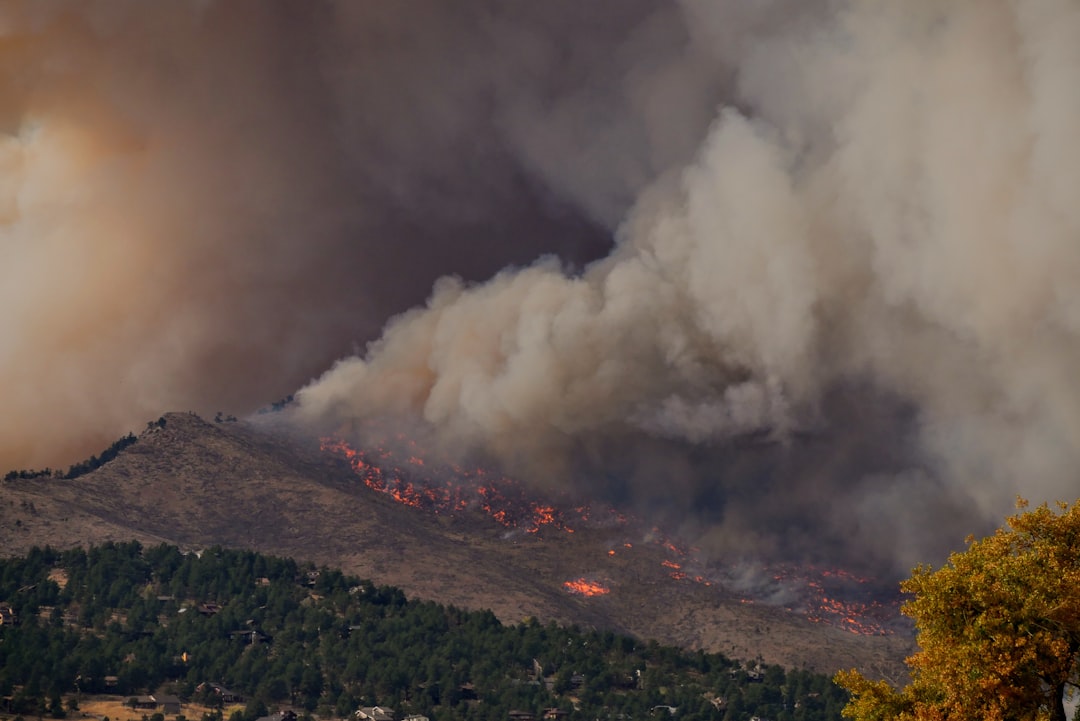
Films like “Only the Brave” and “The Day After Tomorrow” dramatize landscapes devoured by fire. Today, those scenes are news headlines. In 2023, Canada battled its worst wildfire season on record, with more than 18.5 million hectares burned—an area larger than Greece. Smoke from these fires blanketed cities as far away as New York and Chicago, turning skies orange and triggering health warnings. California faced its own struggles, with the state seeing a sharp increase in “megafires”—blazes burning over 100,000 acres. The European Union’s Copernicus service noted that the total area burned across Europe in 2023 was 20% above average. Scientists confirm that rising temperatures and prolonged droughts have made wildfire seasons longer and more destructive than ever before.
Atmospheric Chokeholds: Smog and Air Quality Nightmares
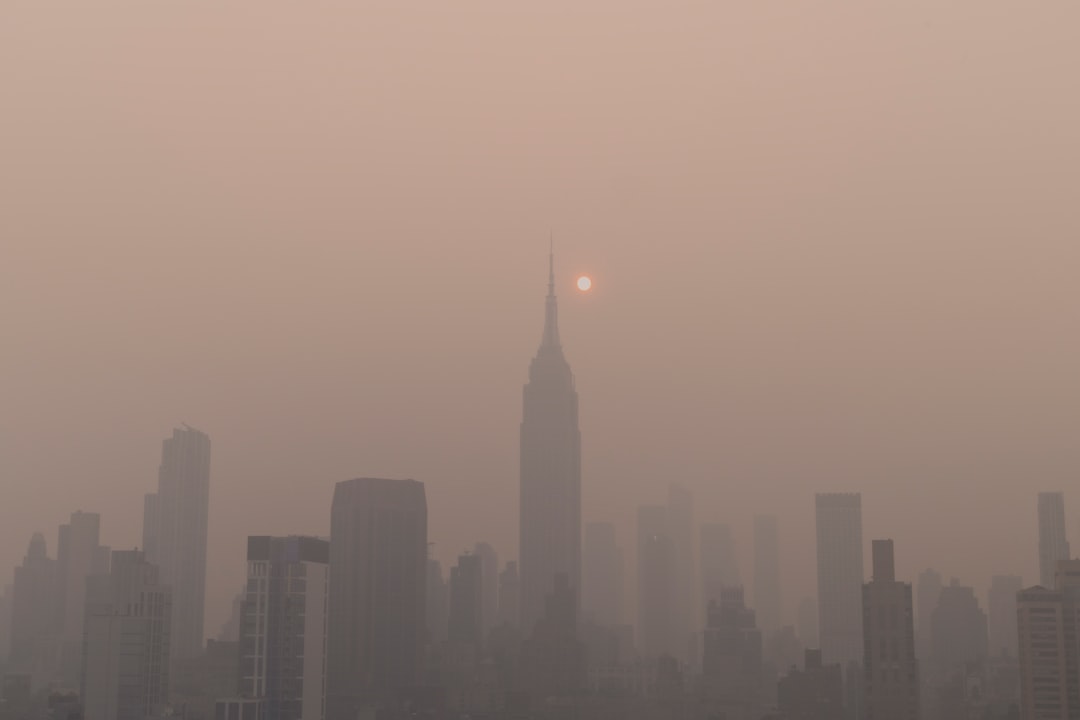
Movies like “Blade Runner” depicted cities shrouded in toxic smog—a vision that now haunts real urban centers. In November 2023, New Delhi, India, recorded its worst air quality index (AQI) on record, with levels surging above 500, classified as “hazardous.” The World Health Organization says 99% of the world’s population breathes air below safe standards. Wildfire smoke, industrial pollution, and vehicle emissions combine to create deadly conditions. In June 2023, wildfire smoke from Canada caused New York’s AQI to spike to “hazardous” levels, a first in its history. Chronic exposure to polluted air is linked to millions of premature deaths each year, according to the Lancet Commission. The thick, dystopian haze once imagined in fiction is now a real public health crisis.
Megastorms: Hurricanes and Cyclones Grow in Power
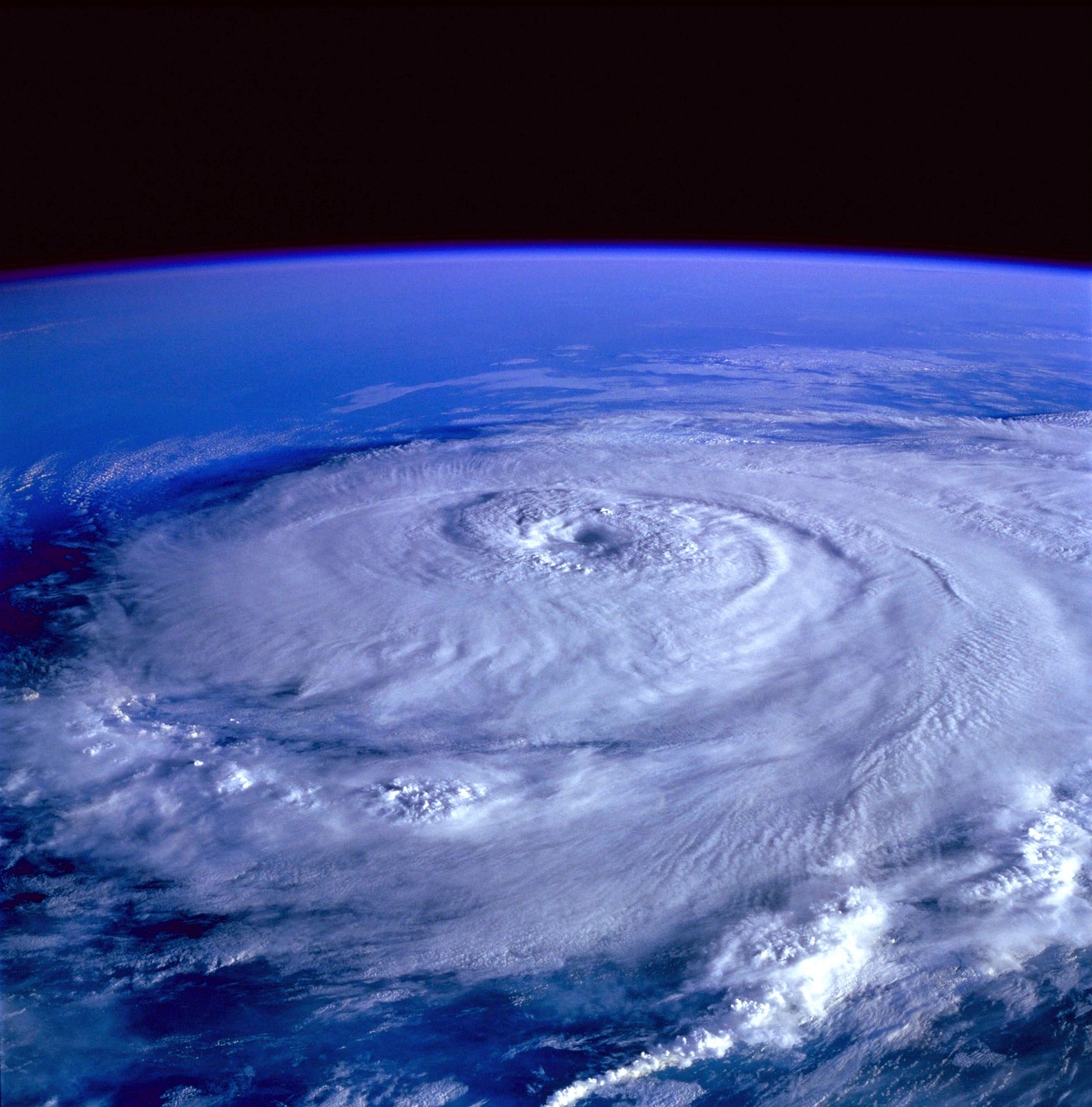
Fictional “superstorms” have long been a staple of disaster movies, but the Atlantic hurricane season of 2023 was a brutal reminder that nature can match Hollywood’s imagination. The National Hurricane Center reported 20 named storms, with Hurricane Idalia reaching Category 4 strength before slamming into Florida. In Asia, Typhoon Doksuri forced the evacuation of over 1 million people in China and caused severe flooding in the Philippines. The IPCC’s latest assessment warns that warming oceans provide more fuel for hurricanes, making them wetter and more intense. The 2024 Pacific typhoon season has already set records for early formation and rapid intensification. With each passing year, megastorms are less the stuff of fiction and more a recurring reality.
Crop Collapse: Food Shortages Straight from Sci-Fi

Dystopian tales like “The Hunger Games” and “Interstellar” often revolve around failed harvests and food scarcity. Alarming agricultural reports from 2024 echo these fears. The UN Food and Agriculture Organization found global wheat production dropped by 7% due to heatwaves and droughts across Europe, Asia, and North America. In India, a major rice exporter, the government restricted overseas sales in 2023 after floods and heat ruined crops, sparking price spikes worldwide. The Horn of Africa faces its worst drought in four decades, leaving millions at risk of famine. Climate-driven crop failures are no longer confined to fiction—they’re disrupting food systems across the globe. Supermarkets in the UK and Spain were forced to ration tomatoes and lettuce in early 2024 due to poor harvests.
Climate Refugees: Mass Migration Predicted, Now Unfolding

Post-apocalyptic fiction often depicts desperate masses fleeing disaster. Today, the UN projects that by the end of 2025, up to 30 million people could become climate refugees, forced from their homes by floods, storms, and droughts. In 2023, Somalia saw over 1.2 million people displaced by drought and conflict. The World Bank warns that by 2050, climate change could displace over 216 million people worldwide. Coastal communities in Indonesia, Bangladesh, and the Pacific Islands are already relocating as rising seas swallow villages. Migration crises, once the backdrop for sci-fi, are now urgent humanitarian emergencies played out on the evening news.
Vanishing Ice: Polar Meltdowns Outpace Predictions

Stories like “The Day After Tomorrow” dramatized sudden polar ice collapse. In real life, 2024 saw Arctic sea ice coverage reach its second-lowest point on record, according to the National Snow and Ice Data Center. Antarctic sea ice also hit unprecedented lows, baffling researchers who expected it to be more stable. Sea levels are rising faster than predicted a decade ago, the IPCC reported in 2023, threatening millions in coastal cities. Melting glaciers in the Himalayas and Andes jeopardize water supplies for hundreds of millions. The rapid loss of polar ice, a once-fantastical scenario, is now documented fact, accelerating global climate disruption.
Deadly Droughts: Water Crisis Strains Nations
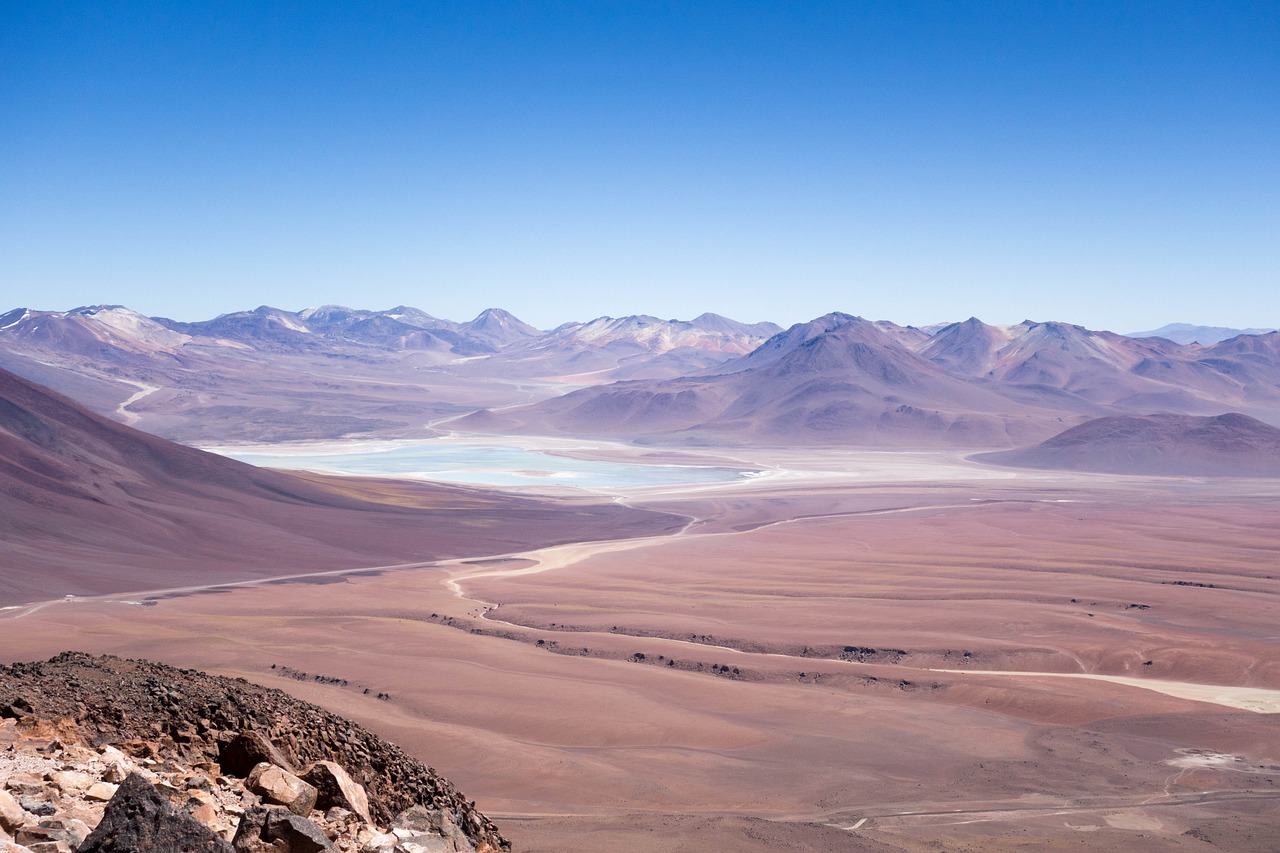
Fictional worlds with parched landscapes and desperate water wars, like those in “Mad Max: Fury Road,” reflect growing anxieties about real-life droughts. In 2023, Spain experienced its driest year since recordkeeping began, with reservoirs dropping below 30% capacity. The American Southwest continues to battle the worst “megadrought” in 1,200 years, according to NOAA. Cape Town, South Africa, narrowly avoided “Day Zero”—the complete shutdown of municipal water—in early 2024, thanks to emergency conservation measures. The UN warns that by 2025, half the world’s population could face water stress. Droughts are disrupting agriculture, fueling conflict, and making access to water a daily struggle for millions.
Oceanic Nightmares: Dead Zones and Bleaching Reefs
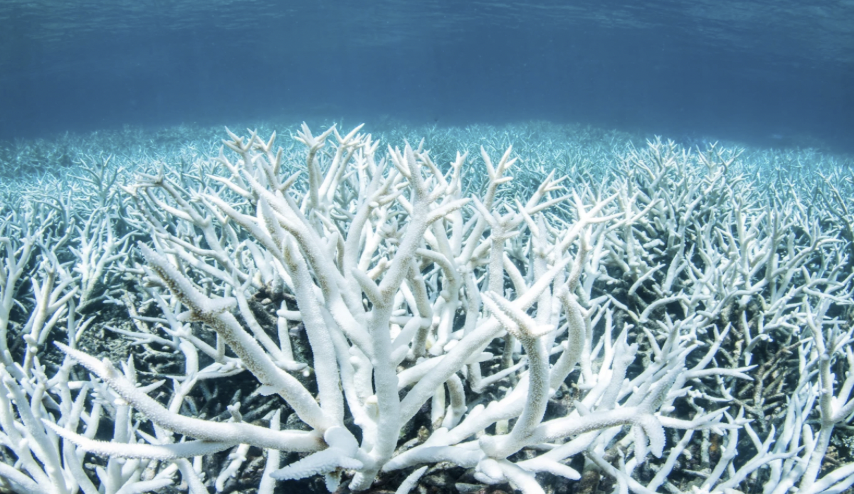
Sci-fi has long imagined dying oceans, but today’s headlines are just as grim. The Great Barrier Reef suffered its seventh mass bleaching event in 2024, with scientists from the Australian Institute of Marine Science warning of irreversible damage. NOAA identified over 400 “dead zones”—areas starved of oxygen—around the world’s coasts in 2023, with fisheries collapsing in some regions. Ocean heat content reached record highs last year, disrupting marine ecosystems and changing migration patterns. Red tides and algal blooms, once rare, are now frequent, closing beaches and threatening livelihoods. The ocean’s decline, described in dark fiction, is now a scientifically documented emergency.
Superbugs and Disease Outbreaks: Plagues Predicted, Now Surging
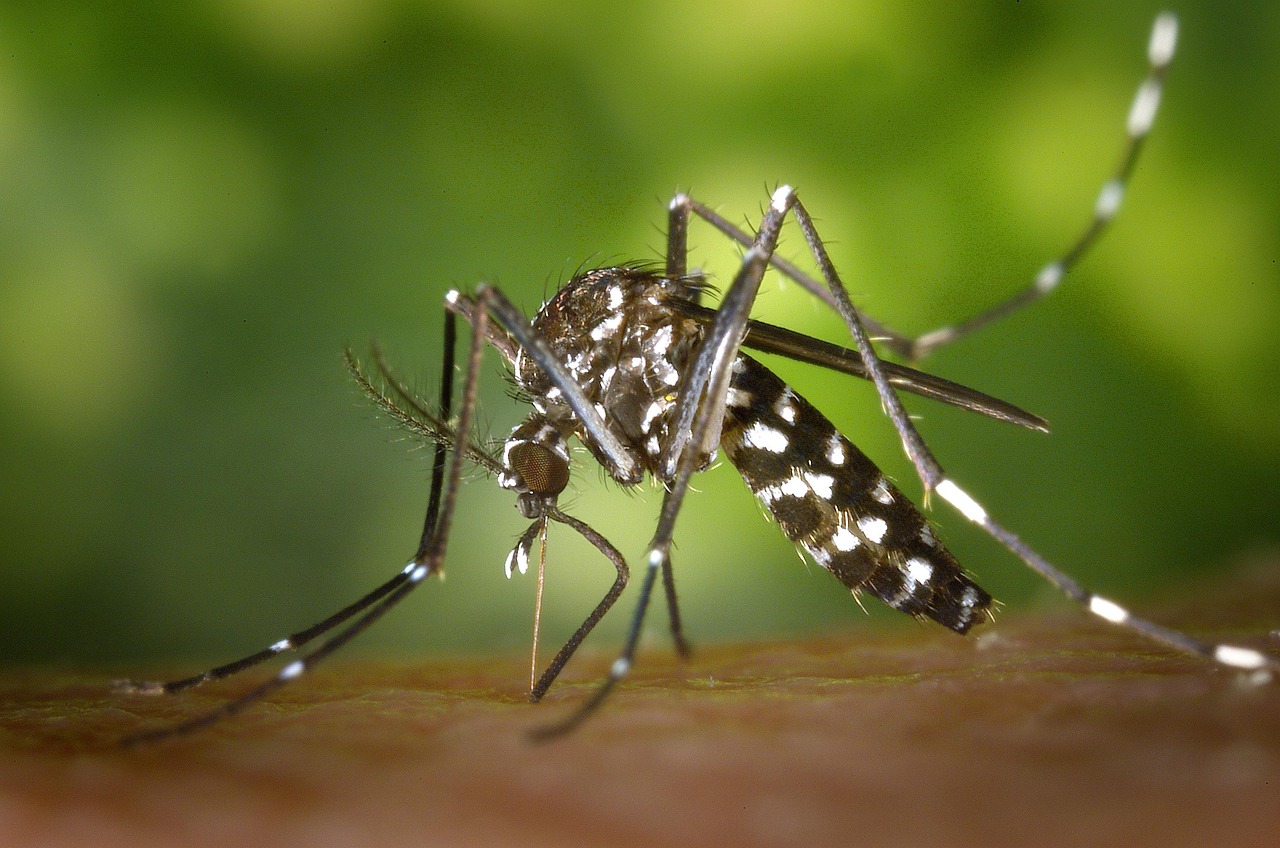
Apocalyptic novels often warn of diseases unleashed by a warming world. The World Health Organization confirmed a significant rise in mosquito-borne illnesses like dengue and malaria in 2024, as warmer temperatures expand the insects’ range. The CDC reported that tick-borne diseases in the United States nearly doubled between 2010 and 2024, with Lyme disease cases rising sharply in northern states. Floods and heatwaves have triggered outbreaks of waterborne diseases in Pakistan, Bangladesh, and East Africa, straining health systems. The Lancet Countdown on Health and Climate Change warns that climate-driven disease risks are rising faster than previously thought. The intersection of climate and health, once a science fiction horror, is now a global medical reality.
Solar Storms: A Forgotten Threat Returns

Classic novels and films have imagined solar flares knocking out civilization’s technology. In early 2025, NASA and the European Space Agency both warned of heightened solar activity, with several X-class solar flares disrupting satellite communications and GPS signals worldwide. Airlines reported temporary reroutes over polar routes due to radiation spikes. Scientists at NOAA’s Space Weather Prediction Center said the current solar cycle is among the most active in two decades. While major blackouts have so far been avoided, the risk remains, and governments are reviewing contingency plans. The threat of solar storms, once the stuff of speculative fiction, is now a recognized risk for our digital society.

